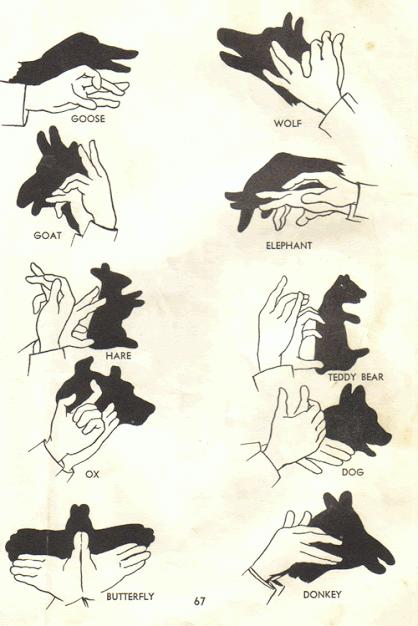Now you have something to do.
Tag: Education
Kinetic Sand
The space-age “Kinetic Sand” is 98% sand. The other 2% is a non-toxic polymer bonding agent that makes it sticky. The sand can only ever stick to itself so it stays together in a soft clump and flows and shapes just like wet sand. It leaves surfaces completely dry and mess free.
Kinetic Sand is WABA Fun’s first product that breathes motion. Easy-to-shape sand that molds into simple desktop designs. Playing with Kinetic Sand is a magical and mesmerizing experience, giving a moment of relaxation for both young and old.
How To Of The Day: How To Tie Your Shoes
Terry Moore demonstrates a simple way to tie your shoes better. In this video he explains that after you make the initial knot and the first bow like you usually would, all you have to do is loop the lace the other way around the bow. Finish the knot and pull tight.
Terry Moore found out he’d been tying his shoes the wrong way his whole life. In the spirit of TED, he takes the stage to share a better way. (Historical note: This was the very first 3-minute audience talk given from the TED stage, in 2005.)
How To Of The Day: How To Build The Perfect Snowman
Apparently building the perfect snowman requires a little more than a corncob pipe, a button nose and two eyes made out of coal.
Building a snowman, that universal celebration of winter, is actually a deceivingly difficult task. Every year, around this time of winter’s arrival in the northern hemisphere, “build a snowman” peaks on Google Trends. And there’s another flurry of interest, thanks to the Disney blockbuster, Frozen, featuring a wisecracking snowman named Olaf and the sweet princess duet, “Do you want to build a snowman?”
There are more than 89,000 YouTube videos to teach them how. Two years ago, someone even patented instructions on the process.
Humans have been making sculptures out of snow for thousands of years, but despite our primal instincts, we’re clearly still struggling to perfect them. “It’s a special activity that’s very old. If you’re making a snowman you’re probably participating in one of the first forms of folk-art known to man and maybe one of the very few activities we share with our ancestors,” says Bob Eckstein, author of The History of the Snowman.
So what’s the best way?
Professor Roy Pruett, who was responsible for the plans, told Quartz: “The snow has to be somewhere right around 30°F (-1 °C), where there’s just a little moisture in it. It can’t be too cold or not cold enough.”
Temperature is paramount, says Pruett. Too high a temperature and the snow will be wet and lack strength. If the snow is too cold and dry, it will be too powdery to form stable snowballs, which are then built out into the base, torso, and head of the snowman. You’ll need a lot of this good quality snow: the engineers’ ideal snowman—standing 6 feet tall—takes almost 19 cubic feet of compacted snow. Proportion—the ratio of each segment to the next—is important for stability. The engineers suggest diameters of 3 feet, 2 feet, and 1 foot for the foundation, torso, and head, respectively.
Where you build your snowman matters, too. There should be a “foundation of at least two inches of wet snow,” since the depth of snow in your building zone becomes your building material. It’s best to avoid the bases of hills near sledding paths and windy areas—at least if you want your snowman to have a long life.
The Ball Illusion
Richard Wiseman, an amateur magician, performs an illusion with a ball and then shows us how he did it.

